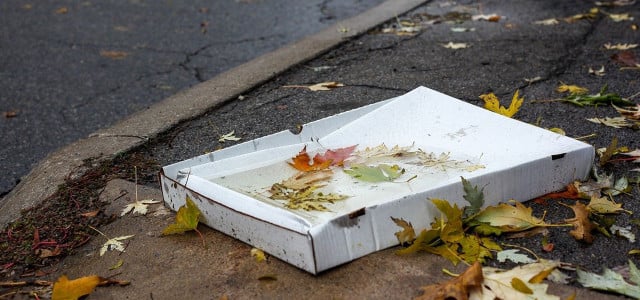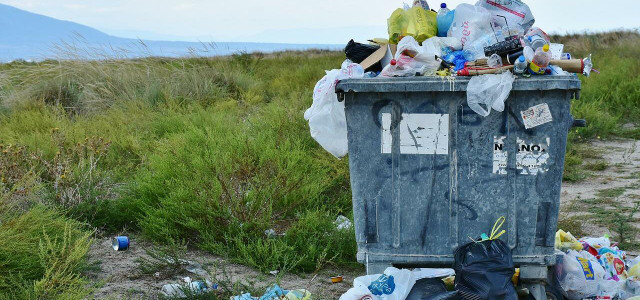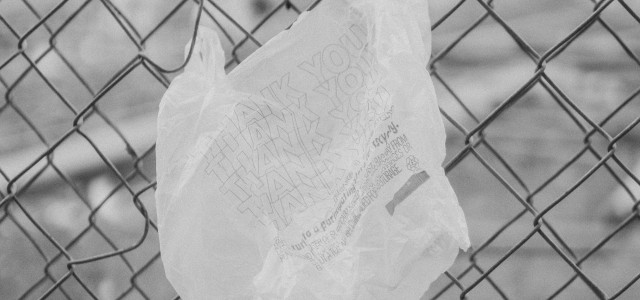Can you recycle pizza boxes, or do they belong in the trash? Can they be composted? We’ll clear up the misconceptions and give you everything you should know about the environmental impact of greasy cardboard.
Few moments in life can’t be improved with pizza. From the birth of modern pizza in 18th century Napoli to the rise of the stone oven in the 1950s, the pizza industry has experienced immense growth—with no signs of slowing anytime soon.
Nobody can beat America when it comes to enjoying pizza. Out of the five billion pizzas consumed annually around the world, Americans tuck into three billion of them. Astonishingly, we eat approximately 350 slices of pizza a second.
In fact, according to a 2019 report on the pizza industry, a staggering 40 percent of Americans eat pizza at least once a week, while 83 percent eat it once a month. However, when the last slice is gone, and all that’s left is a greasy corrugated cardboard box, one confusing question always remains…
Can You Recycle Pizza Boxes?
When you find yourself wondering if you can recycle pizza boxes, the one thing you need to remember is that they’re recyclable under specific conditions.
First: clean pizza boxes without any grease can go straight into the recycling bin. However, if one side is stained and one is clean, you should take a pair of scissors and cut off the greasy parts.
Some recycling plants in the US will accept a very slightly greasy pizza box, but many won’t. The good news is that you can compost pizza boxes if they don’t contain toxic plastic or inks in their design.
Step-by-step instructions for how to recycle pizza boxes:
- Ensure the box is empty of food waste like crusts or sauce containers.
- Check your local recycling plant’s rules to determine what they do and don’t accept.
- If the top half of the pizza box looks clean, tear it off and stick it in your paper recycling container.
- If any parts of the box are salvageable, cut them out with scissors and toss them into the recycling as well.
- Throw the greasy parts into the compost.
If you’re uncertain if you can recycle pizza boxes or if they’re too greasy, just cut off the clean box tops and chuck the bottom halves into the compost. If the packages contain plastic, into the trash, they go. For further insight, check out our guide on what you can compost and what you can’t.
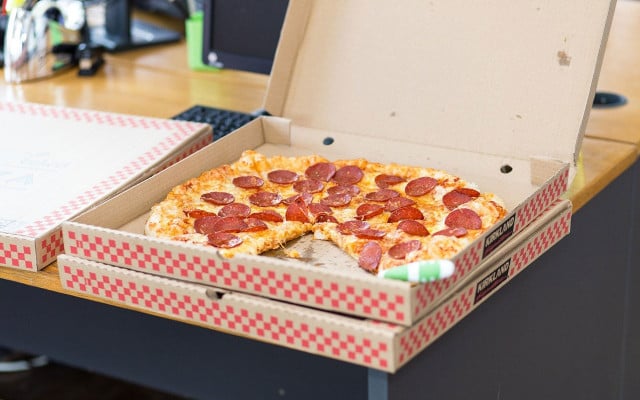
Where Can You Recycle Pizza Boxes?
So pizza boxes are recyclable—but where exactly should you recycle them? The first step is always to check the rules of your local recycling center.
Typically, the capacity of any recycling facility to recycle glass, paper or plastic with food residue varies depending on the area and the site’s equipment.
Most recycling centers will only accept a box that’s on the cleaner side—in other words, one with barely any residual grease or foodstuffs. Sometimes, it even depends on how the pizza was boxed. Ideally, a pizza box comes with a paper liner separating the crust and cheese from the corrugated cardboard. Chances are that your local recycling center will automatically skip over any boxes in which grease has permeated the liner or the cardboard.
Utopia Tip: You can make the recycling process much easier (and more successful) for recycling facilities by thoroughly washing all recyclable food containers before putting them in the bin.



Why Bother?
Incorrectly sorted recyclable material causes contamination and can make new products completely useless. Not only would that mean all your recycling efforts were in vain, but it would also nullify the time and effort put in by others.
In addition to wasting time, contaminated recyclables can be expensive and even damage machines. Whenever a machine breaks or gets clogged, sorters have to manually fix them, wasting time, energy and taxpayer money.
That said, screening bits of soiled paper and cardboard and removing them during the pulping process is getting easier, thanks to a number of technological advancements.
Although reducing pizza box waste might not seem particularly important when it comes to recycling priorities, billions of pizzas boxes being carelessly chucked into landfills every year is unsustainable.
By correctly recycling all our waste, including recyclable pizza boxes, we can give our sustainability practices a much-needed boost.
How Many Pizza Boxes Get Recycled?
Dominos recently financed a study into the eco-sustainability of pizza boxes. Researchers visited recycling centers, sorted through garbage piles and photographed remaining cheese residue.
According to WestRock’s research, 3 billion pizza boxes are sold across the country every year. If we could put them together, they’d weigh an inconceivable 600,000 tons.
If the thought of billions of unrecycled pizza boxes being sent to landfills disheartens you, hold tight. The study also found several more hopeful statistics:
- The average recovery rate for these cardboard boxes is 92 percent , so typical food residue levels won’t harm paper quality.
- Around 73 percent of the population has access to recycling centers that accept pizza boxes.
How Are Pizza Boxes Recycled—and Why Does Grease Matter?
Once it arrives at a recycling center, glass, metal and plastic recycling is commonly heated to burn off any remaining bits of food particles. Unfortunately, the process of paper recycling is much more complicated. It goes a little something like this:
- Once your pizza box gets to the plant, it isn’t heated but instead categorized into different types of paper materials.
- Then it is moved to a paper mill to begin the pulping process. However, it may spend some time in storage, where stuck-on bits of food can go bad and attract unwanted insects and rodents.
- After it reaches the paper mill, it is washed with water containing soap or chemicals. This strip the packaging of inks, glue and other unwanted elements.
- Next, it will be thrown into a large batch of paper and mixed with water to make a gooey pulp, or slurry.
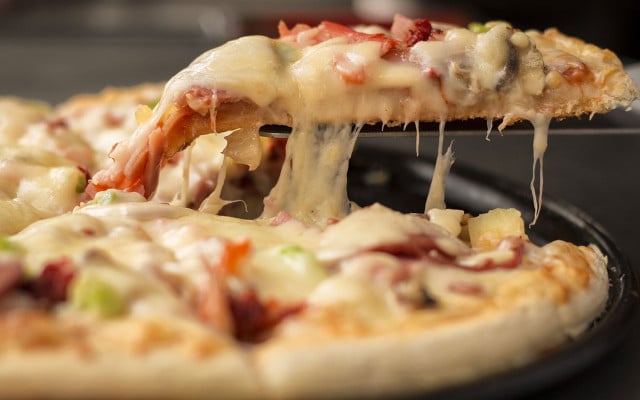


At this stage, problems will pop up if the cardboard is too heavily soiled. Grease and oil are the two most significant contaminants in paper recycling. Any excess oil or grease from the pizza box will float to the top of the slurry. It now becomes impossible to separate the grease from the paper fibers.
So: although the paper was thoroughly washed, the plant’s efforts and all of the energy put into recycling your pizza box are wasted, as the entire batch of new paper may be ruined. Thus, greasy pizza boxes are not recyclable unless you cut the greasy parts out first.
Final Checklist
Here is a quick summary of what to do after enjoying that final slice:
- Can you recycle pizza boxes to start with? Check if your local recycling program accepts them.
- If they allow minimal grease, make sure nothing is in the box before placing it in the recycling bin.
- When in doubt, rip off the greasy pieces and throw them in the trash. You can compost pizza boxes when they don’t contain ink or plastic.
We hope this article has been helpful and your next pizza tastes all the better with the knowledge that you’re leaving the world in a better place! If you’d like to learn more about recycling cardboard, check out our guide to recycling cardboard boxes.
** Links to retailers marked with ** or underlined orange are partially partner links: If you buy here, you actively support Utopia.org, because we will receive a small part of the sales proceeds. More info.Do you like this post?






